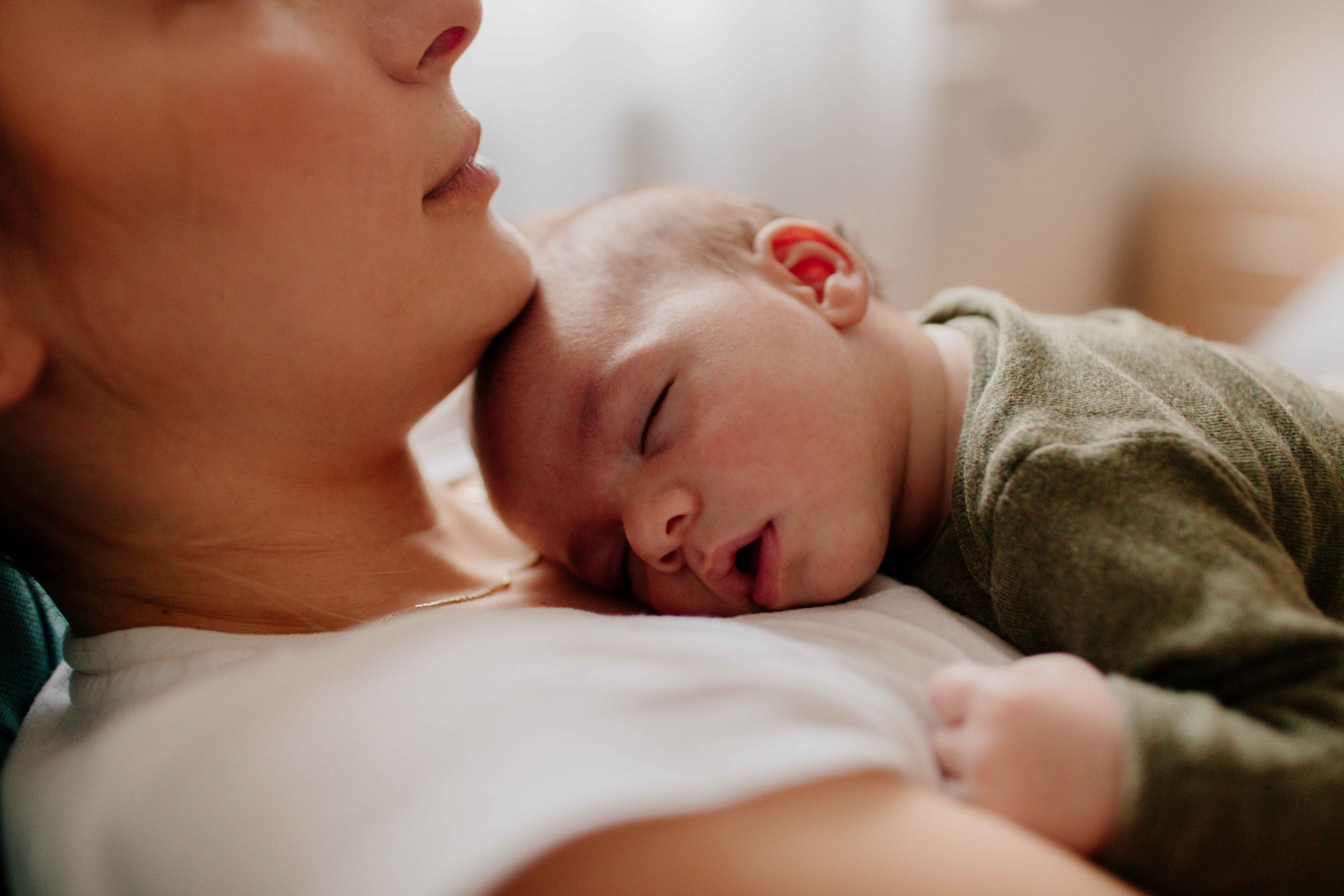Media release
From:
Researchers from the Wesfarmers Centre of Vaccines and Infectious Diseases, based at The Kids Research Institute Australia, have launched an online guidance tool designed to help families and health-care providers in WA learn the best way to protect babies and young children against life-threatening respiratory syncytial virus (RSV).
Designed to help parents understand which RSV vaccines or immunisations they are eligible for as part of Australia’s new RSV Maternal and Infant Immunisation Program, the guidance tool provides users with recommendations based on answers provided to a series of questions, such as stage of pregnancy, the time of year and family background.
The tool then provides information according to criteria set by the WA Department of Health, letting parents know their eligibility for a vaccine given to pregnant women and/or a monoclonal antibody for the baby at or after birth.
Associate Professor Hannah Moore, Co-Head of the Infectious Disease Epidemiology team at the Wesfarmers Centre of Vaccines and Infectious Diseases and Associate Professor with the School of Population Health at Curtin University, said the guidance tool was developed in response to many families finding it hard to interpret the newly launched RSV immunisation program.
“In discussions with our RSV Community Reference Group, we realised how complex it would be for families to understand what the new immunisations were, and which one was best suited for their own situation,” Associate Professor Moore said.
“While both the RSV vaccine in pregnancy and immunisation for newborns offer excellent protection for young babies vulnerable to potentially serious RSV infections in their first few months of life, it can be confusing to work out which one you may be eligible for.
“We wanted a way that not only simplifies the information but also pin-points users in the right direction with their own tailor-made recommendations, backed up by the evidence and reasoning as to why this was the best option for them,” Associate Professor Moore said.
Mathematical Modeller Ms Fiona Giannini, who led the construct of the tool, said each recommendation in the guidance tool had been reviewed by the expert epidemiology research team and stakeholders, including their RSV Community Reference Group and immunisation policy makers within WA Health.
“By answering questions such as locations where RSV seasonality differs, expected due date or child date of birth, the presence of medical conditions or the baby’s family background, the web-based tool has the potential to provide up to 200 unique combinations of answers to provide a truly individualised response,” Ms Giannini said.
“We also hope this tool will help empower the community to make their own decisions when it comes to providing their baby with the best possible protection against RSV.” The RSV Immunisation Guidance Tool was developed as part of the STAMP-RSV Program, funded by the Stan Perron Charitable Foundation.



 Australia; WA
Australia; WA



